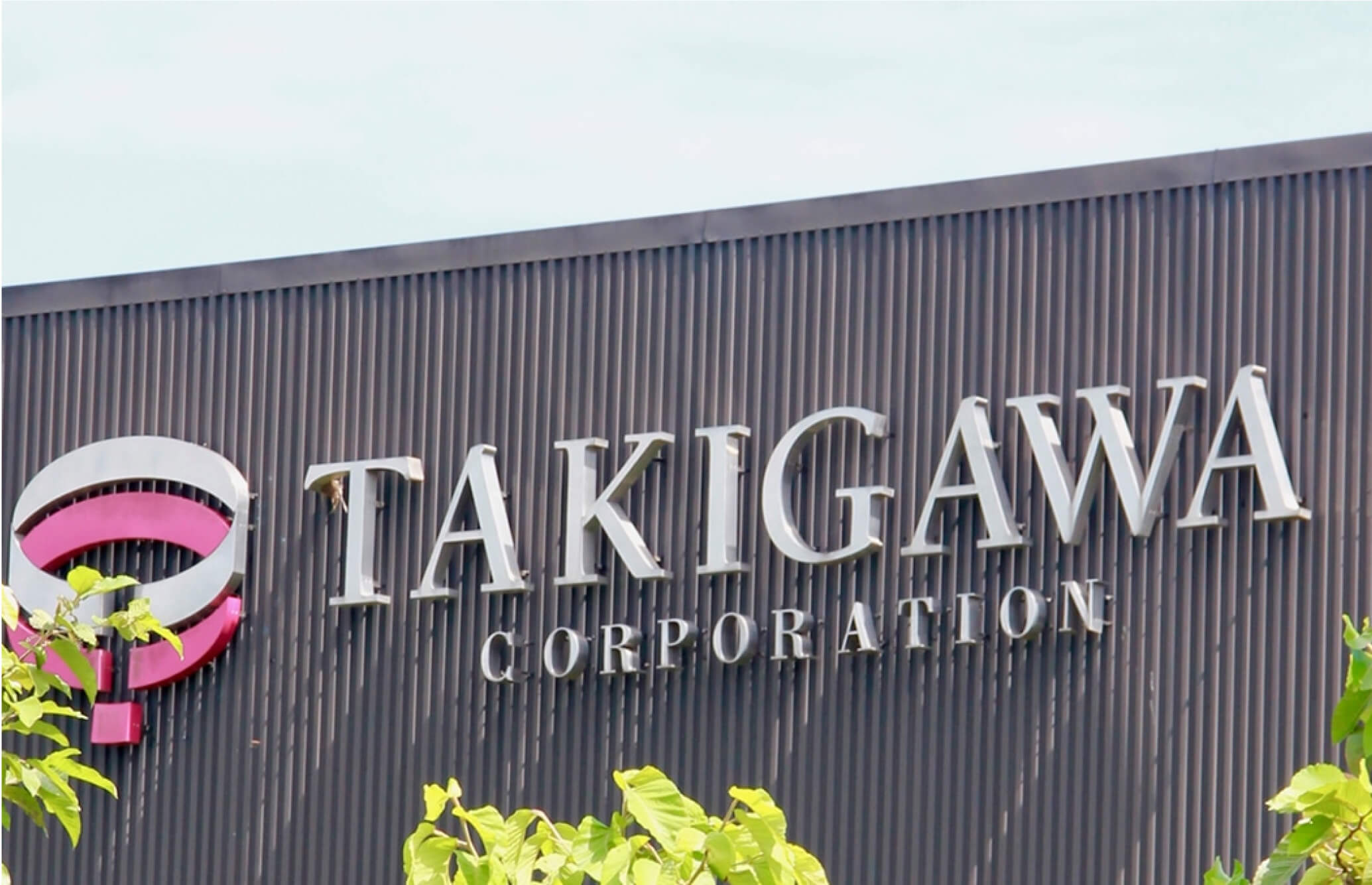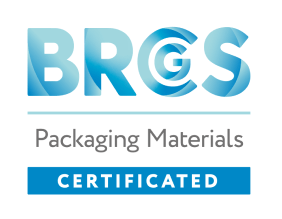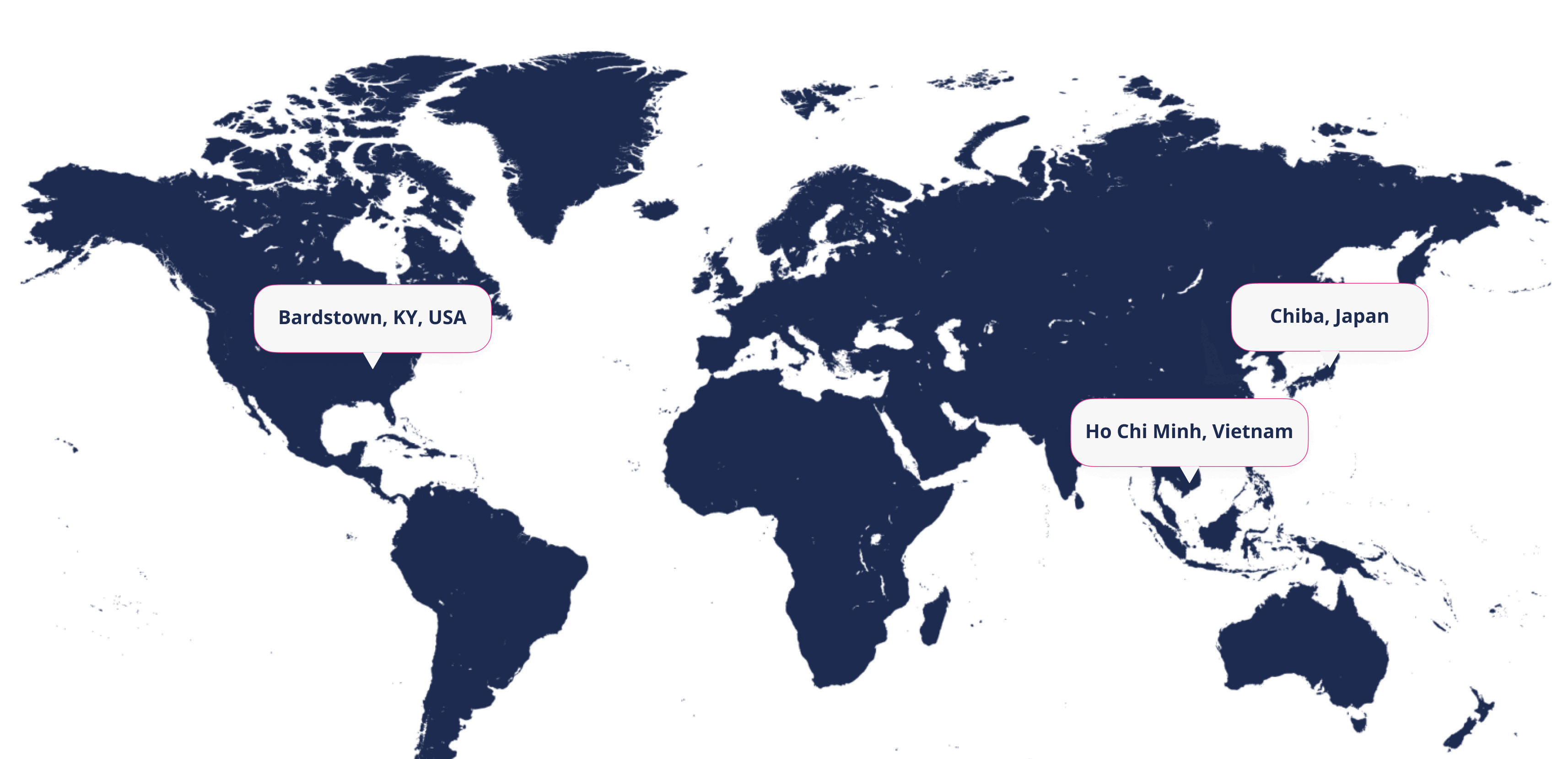Since 1949, Takigawa has been manufacturing plastic products, providing safety and reliability to our valued customers. Today, we are proud of a global footprint with manufacturing sites in 3 regions around the world. We are proud of our passion for the environment, our customers, and our community.
Takigawa boasts best in class quality management and vertically integrated operations to ensure minimal quality complaints and offer consistent uptime and productivity to our customers.

Our corporate philosophy is “providing safe and reliable products.” In order to achieve this, we are committed to implementing and strengthening of the clean environment and the thorough quality management in every step of the manufacturing process starting with the acquisition of raw materials. To help our clients in Japan and overseas easily understand our position on product safety and reliability, we have obtained the internationally recognized third party certifications.
Furthermore, by meeting the high level packaging safety With clients worldwide, we stay updated on global regulations, including FDA and EU standards, to select appropriate materials. For quality control, we regularly analyze non-conforming products, share findings across departments, and collaborate with manufacturing to maintain high-quality standards, aligning with Takigawa Corporation’s commitment to excellence.

We aim to be an environmentally friendly company. To that end, all Takigawa Group factories have adopted ISO 14001, the international environmental management system standard established to minimize the environmental impact of our daily corporate activities. It is our goal to respond to the constantly changing environment and use various methods to protect it in balance with our societal and economic needs. We take the environmental problems companies face seriously, proactively use equipment and develop products with the goal of reducing our environmental burden, and make continuous improvements to even further reduce that burden and become a more environmentally friendly company.
Learn More
Takigawa offers global support for international brands through
production facilities located
in three different countries/regions.

We propose customized products tailored to each client's needs, manufacture
them under safe and reliable management, and deliver them with great care.
We propose customized and creative designs tailored to each client's
specific needs.
We conduct pre-shipment inspections to make sure to deliver our clients safe and reliable products.
We take great care in delivering
high-quality products.